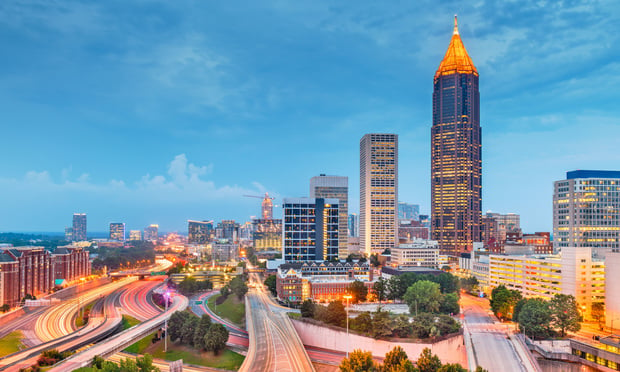[IMGCAP(1)]
SAN DIEGO—The entitlement process Civic San Diego administers for development is for the most part very fair and predictable, and developers needn't analyze the impacts associated with CEQA, the Richman Group's president Luke Daniels tells GlobeSt.com. Following the recent announcement of the firm receiving approval for F11, a seven-story, mixed-use project in Downtown San Diego, we spoke with Daniels about the project and the market for mixed-use development in Southern California.
GlobeSt.com: How difficult was it to get the F11 project through the approval process?
Daniels: Because there is a programmatic EIR Downtown, the entitlement process there that Civic San Diego administers is for the most part very fair and predictable. As a result, you don't have to go in and analyze the impact associated with CEQA. As long as you are building to the envelope, to the allowable floor ratio assigned to each block, the entitlement process in Downtown San Diego is mostly about design review. In terms of design review, you have to make a building that's really cool—that's really what they're looking at. There's a keen eye to urban-infill architecture and what's appropriate. Those are the big issues you have to overcome and address when you go forward, as opposed to another area where you have to do all the CEQA work. Because that's already in place, it's a fair and predicable entitlement process.
GlobeSt.com: How do you envision this project fitting into the existing Downtown scene—what will it add?
Daniels: It's the right size project for Downtown. We're really excited about 11th being the main thoroughfare going northbound out of Downtown San Diego toward the 163 and I-5, and F St. is the main thoroughfare off the 94 going into Downtown. It has great drive-by, great vehicular access, and 11th is really in the center of it all. It's walkable to the Gaslamp and also very walkable to the new happenings taking place within the I.D.E.A. District and Maker's Quarter to the east of us. Also, there's Park Blvd. frontage on the east side of the building, and the trolley line is there. It's really exciting—11th Ave. hasn't seen a lot of development as compared to 10th Ave. We're excited to take a block that's somewhat tired and redevelop it and give it a really good positive identity.
[IMGCAP(2)]
GlobeSt.com: Are you looking to develop other similar projects in Southern California?
Daniels: Our markets in Southern California are L.A., Orange and San Diego counties. Right now, we have a mixed-use project under construction in Fullerton—95 senior apartment units above ground-floor retail; later this year, we will be breaking round on a project in Cerritos, which will be 132 market-rate units—all residential; and now we have F11 approved in San Diego County. Beyond that, we are about to start the entitlement process on another project in Downtown San Diego, and we are under contract on a new project within the city of L.A. Most of the projects we're doing are mixed-use.
GlobeSt.com: What do you look for when considering a market in which to build a large mixed-use project?
Daniels: We look at the macro trade area, and then we try to go micro as we start to distill down where we want to invest our capital and do projects. We always look at demographics, population and jobs, and then as we start to identify a certain location, we try to look at the micro attributes of a block—the walk score, access to transit, sense of place. Everything we do is urban infill. We will not focus on suburban locations for the most part—that's really one of our core focuses. The project must be urban in nature and have a strong sense of place.
© 2025 ALM Global, LLC, All Rights Reserved. Request academic re-use from www.copyright.com. All other uses, submit a request to [email protected]. For more information visit Asset & Logo Licensing.







